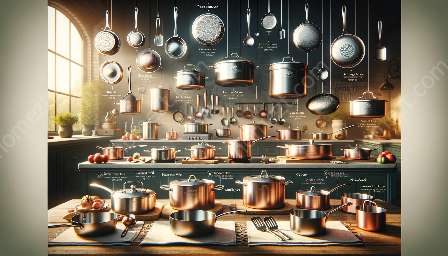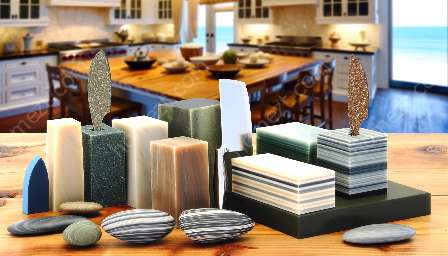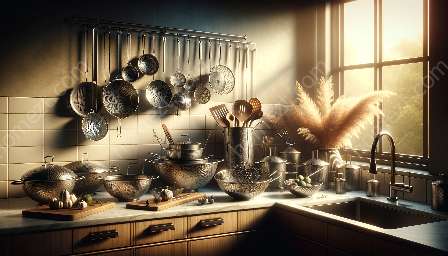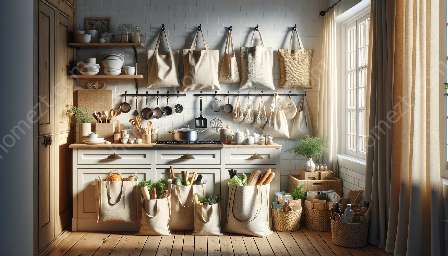When it comes to cookware, saucepans are a kitchen essential that no chef should be without. These versatile vessels are the unsung heroes of the kitchen, offering a myriad of culinary possibilities. In this comprehensive guide, we will delve into the world of saucepans, exploring their various types, sizes, materials, and maintenance tips, and discovering how they seamlessly fit into the realm of cookware and the kitchen & dining experience.
Types of Saucepans
There are several types of saucepans, each designed for specific cooking needs. From the classic saucepan to the saucier and the double boiler, these vessels come in various shapes and sizes to accommodate different cooking techniques.
Classic Saucepan
The classic saucepan is a versatile kitchen workhorse, featuring a flat bottom and high, straight sides. It's ideal for boiling, simmering, and making sauces, soups, and stews. Available in various sizes, it is a must-have for any kitchen.
Saucier
The saucier, with its rounded, wide mouth and curved sides, is designed for easy whisking and stirring, making it perfect for creating delicate sauces, custards, and risottos.
Double Boiler
A double boiler saucepan consists of two pans, with the lower pan filled with water that is heated to gently cook delicate foods such as chocolate, custards, and sauces without scorching or burning.
Sizes of Saucepans
Saucepans come in various sizes, typically ranging from 1 quart to 4 quarts, with larger commercial sizes also available. Choosing the right size depends on your specific cooking needs, with smaller saucepans suitable for heating small quantities of food, while larger ones are perfect for preparing large batches of soups, stocks, or sauces.
Materials of Saucepans
Saucepans are crafted from different materials, each with its own benefits and considerations. Common materials include stainless steel, aluminum, copper, and nonstick coatings.
Stainless Steel
Stainless steel saucepans offer durability, resistance to corrosion, and are dishwasher safe. They are versatile and suitable for many cooking tasks.
Aluminum
Aluminum saucepans heat quickly and evenly, making them ideal for cooking delicate foods. They are lightweight and affordable, but may react with acidic foods.
Copper
Copper saucepans provide excellent heat conductivity, allowing for precise temperature control. They are prized by professional chefs for their responsiveness and even heating.
Nonstick Coatings
Nonstick saucepans are easy to clean and require less oil for cooking, making them a popular choice for low-fat cooking. However, they may not be as durable and are not suitable for high-heat cooking.
Maintenance Tips for Saucepans
To ensure the longevity of your saucepans, proper maintenance is essential. Here are some tips to keep them in top shape:
- Follow the manufacturer's care instructions for cleaning and maintenance.
- Avoid using metal utensils that can scratch nonstick surfaces.
- Avoid extreme temperature changes, such as placing a hot pan in cold water, to prevent warping.
- Regularly clean and polish copper saucepans to maintain their shine and prevent tarnishing.
- Store saucepans properly to prevent dents and scratches.
By understanding the types, sizes, materials, and maintenance tips for saucepans, you can elevate your culinary experience and create delicious dishes with confidence. Whether you're a seasoned chef or a novice cook, saucepans are indispensable tools that bridge the gap between cookware and the art of cooking, enriching the kitchen & dining experience with their versatility and functionality.










